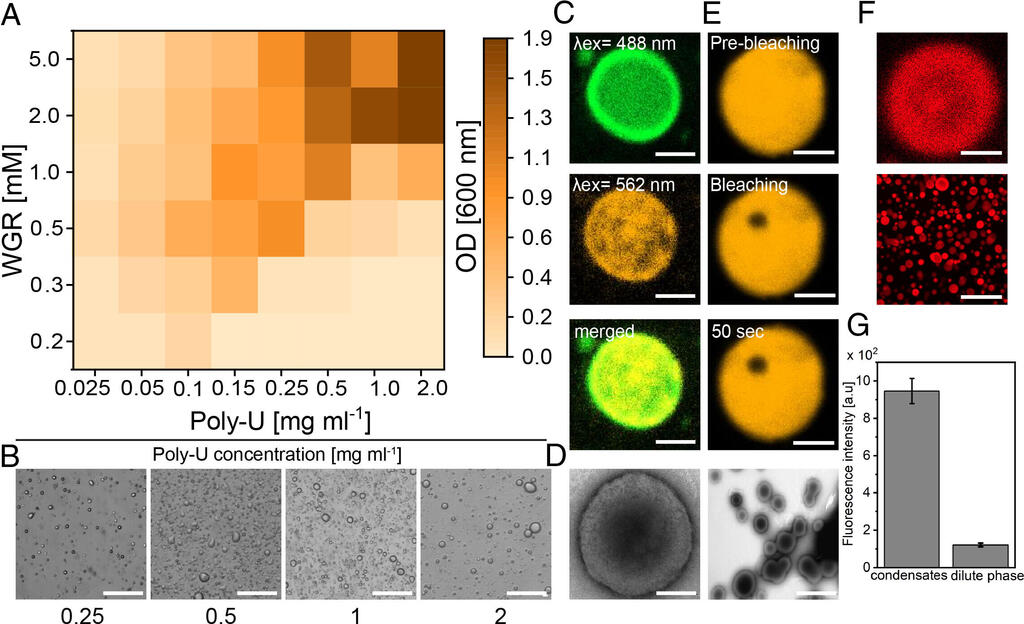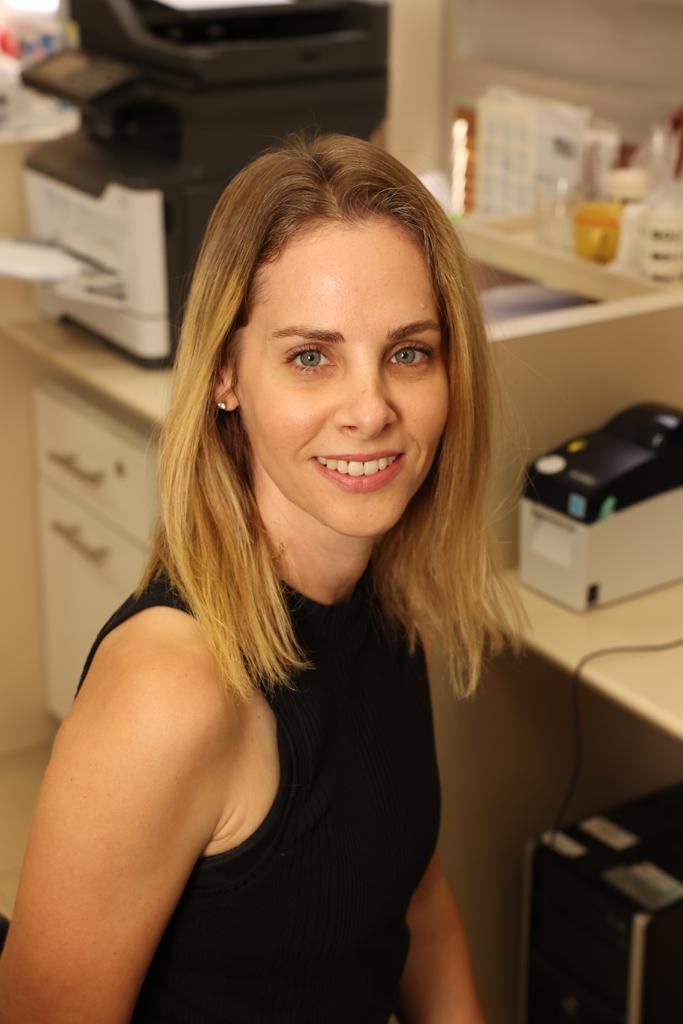Getting your Trinity Audio player ready...
Dr. Ayala Lampel is at the forefront of a revolution in the field of smart materials, materials that respond to their environment. Her unique approach involves shifting from solid smart materials to smart liquids. These liquids are engineered to interact with their surroundings in specific ways.
At the Shmunis School of Biomedicine and Cancer Research at Tel Aviv University, Lampel's team is experimenting with liquids that form distinct droplets, similar to how balsamic vinegar forms droplets in olive oil. The droplets, or condensates, are a result of the liquids' chemical properties. The smart properties of these liquids are determined by the design and composition of the molecules within these condensates.
In a recent breakthrough, Lampel and her team demonstrated how these condensates can function as optical sensors. They change their color and fluorescence intensity in response to a specific enzyme's presence and activity. This research, published in the Proceedings of the National Academy of Sciences (PNAS) journal, was released two weeks after the war in Israel began.
Lampel's research is bio-inspired, drawing from natural processes occurring inside living cells. Her lab works with synthetic materials, with no living organisms involved. She explains that cells contain multiple compartments or organelles, some of which are created by a process called 'liquid-liquid phase separation.' This process results in the formation of condensates with distinct microenvironments.
In her lab, Lampel uses peptides, "mini-proteins" made from short amino acid chains, instead of whole proteins. The peptides' flexibility promotes interaction and phase separation with nucleic acids into condensates. By studying the sequences of amino acids in proteins in naturally-occurring condensates, Lampel can use different sequences like Lego blocks to design peptides for specific functions.
In her recent research, Lampel explored the possibility of designing condensates to serve as sensors. She designed a peptide that forms the condensate to contain tyrosine, an amino acid. When the enzyme that oxidizes tyrosine was added to the condensates, it changed their optical properties, turning them fluorescent. This demonstrated the potential of condensates to serve as liquid biosensors.
Lampel and her team are now working on giving the condensates many other new properties. She is interested in basic science and expanding the uses and capabilities of smart materials. For instance, she envisions condensates being used as vessels to deliver medication into the body, or even as mini-factories producing medications inside people. "This is a brand new field. It still doesn’t know what it is, and what it is good for, but it is expanding rapidly, with many new papers and patents published every month," she concludes.



